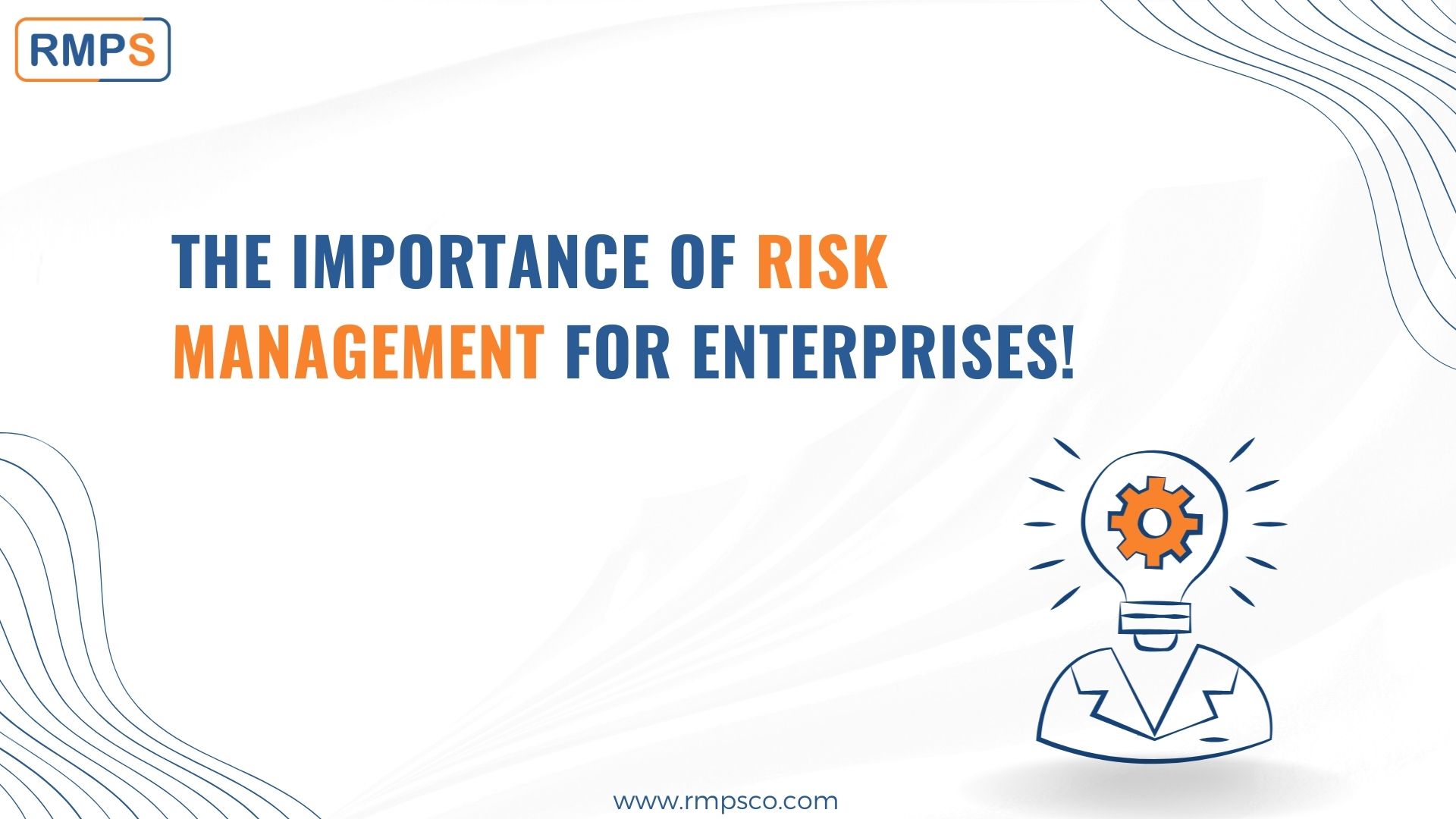The Impact of the Importance of Risk Management on Organizational Governance
The Impact of the Importance of Risk Management on Organizational Governance
Blog Article
The Importance of Understanding the Value of Risk Management in Different Industries
The Core Concept of Risk Management and Its Purpose
Risk Management, the keystone of numerous markets, pivots on the recognition, assessment, and mitigation of unpredictabilities in an organization atmosphere. By correctly determining potential risks, organizations can establish approaches to either prevent these threats from taking place or decrease their effect. When dangers have actually been determined and assessed, the reduction procedure involves devising approaches to reduce their potential impact.
Advantages of Executing Risk Management in Organization Workflow

Revealing the Function of Risk Management in Different Industries
While every sector confronts its one-of-a-kind collection of risks, the application of Risk Management strategies stays a common measure in their pursuit of sustainability and growth. In the health care market, Risk Management involves making sure individual safety and information defense, while in finance, it involves mitigating financial investment threats and making certain regulatory conformity (importance of risk management). Construction firms concentrate on worker safety, project hold-ups, and budget plan overruns. In the innovation market, firms alleviate cybersecurity dangers and innovation obsolescence. Eventually, the duty of Risk Management across industries is to identify, evaluate, and alleviate dangers. It is a necessary element of tactical planning, allowing companies Clicking Here to secure their properties, take full advantage of chances, and attain their objectives.
Real-life Situation Research Studies Showing Effective Risk Management
To understand the value of Risk Management in these several industries, one can look to numerous real-life instances that show the successful application of these actions. Toyota, publish the 2011 earthquake in Japan, changed its supply chain Management to minimize disruption risks. These instances demonstrate how sectors, learning from dilemmas, effectively applied Risk Management approaches to minimize future risks.
Future Fads and Advancements in Risk Management Strategies
As the globe remains to advance, so too do the trends and advancements in Risk Management approaches. Quick innovations in innovation and information analytics are improving the Risk landscape. Large information and AI are currently important in predicting and mitigating dangers. Organizations are leveraging these tools to develop anticipating versions and make data-driven choices. Cybersecurity, as soon as an outer problem, has actually catapulted to the forefront of Risk Management, with methods concentrating on reaction, detection, and prevention. The site here assimilation of ESG (Environmental, Social, Governance) elements right into Risk Management is an additional growing trend, why not try these out reflecting the boosting acknowledgment of the function that ecological and social threats play in business sustainability. Therefore, the future of Risk Management hinges on the combination of advanced technology, ingenious methods, and an all natural technique.
Conclusion
In final thought, understanding the relevance of Risk Management throughout a range of industries is critical for their longevity and success. Ultimately, effective Risk Management adds to a lot more resilient and lasting companies, highlighting the significance of this technique in today's dynamic and very affordable business setting.
While every sector confronts its unique collection of risks, the implementation of Risk Management strategies remains a typical in their pursuit of sustainability and growth. In the healthcare industry, Risk Management requires guaranteeing person safety and security and data security, while in money, it includes mitigating financial investment risks and guaranteeing governing conformity. Eventually, the role of Risk Management across sectors is to determine, examine, and minimize threats. These instances demonstrate exactly how industries, learning from crises, successfully applied Risk Management methods to decrease future risks.

Report this page